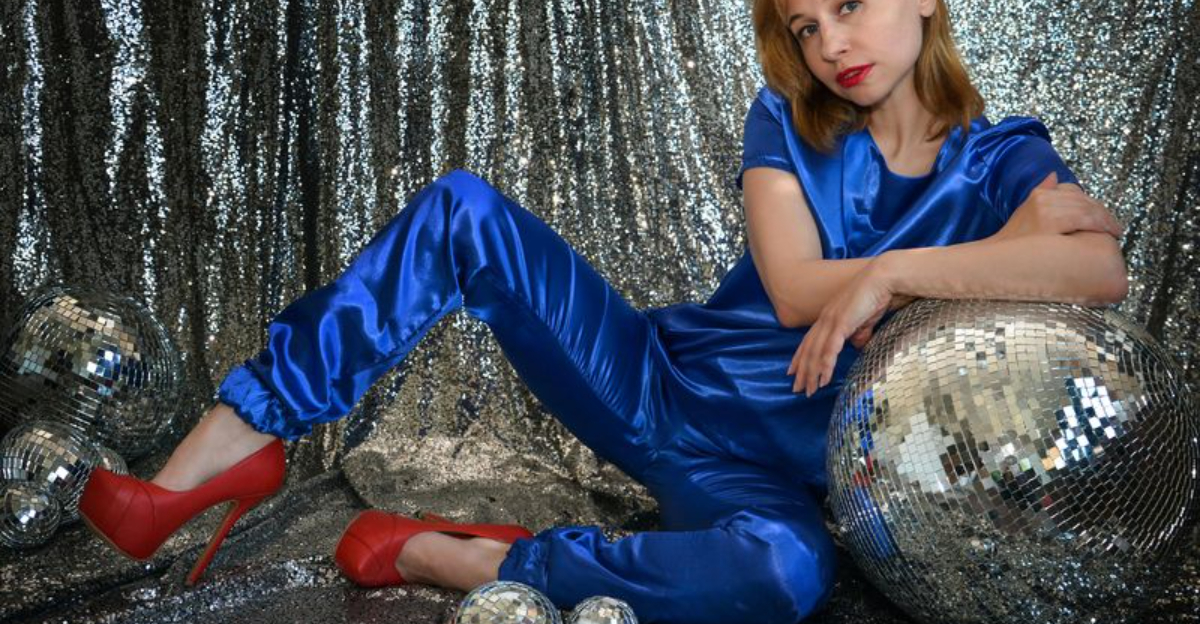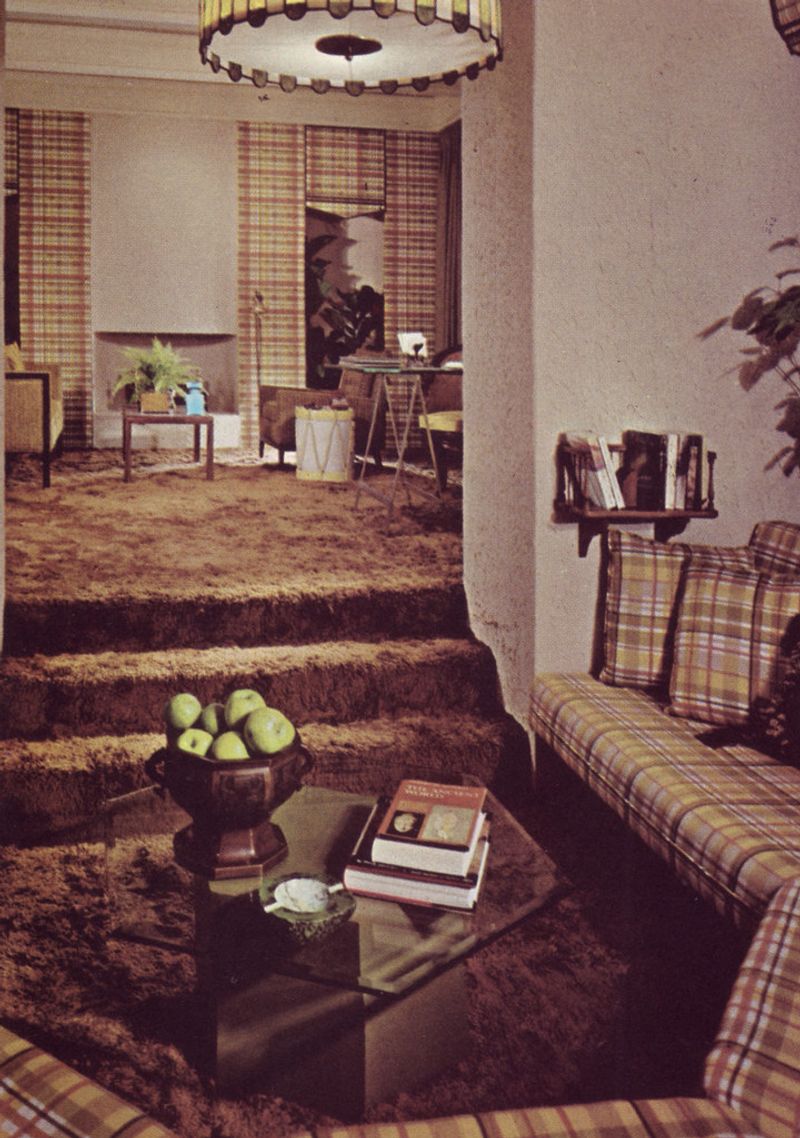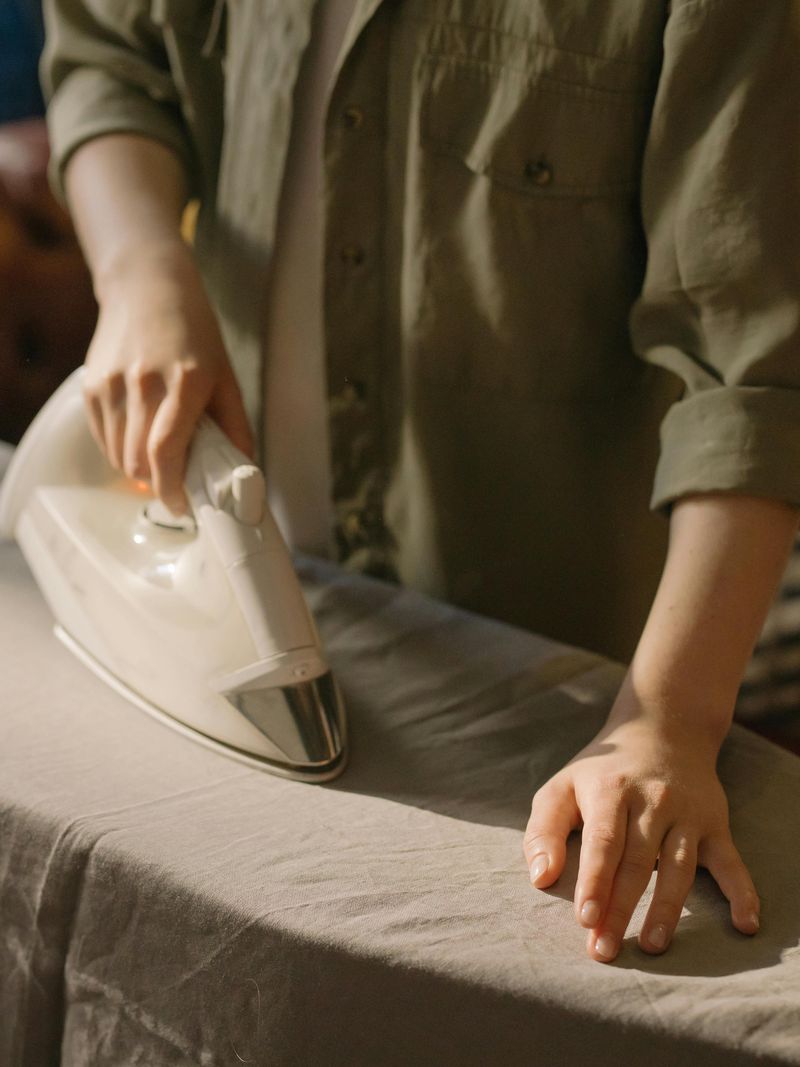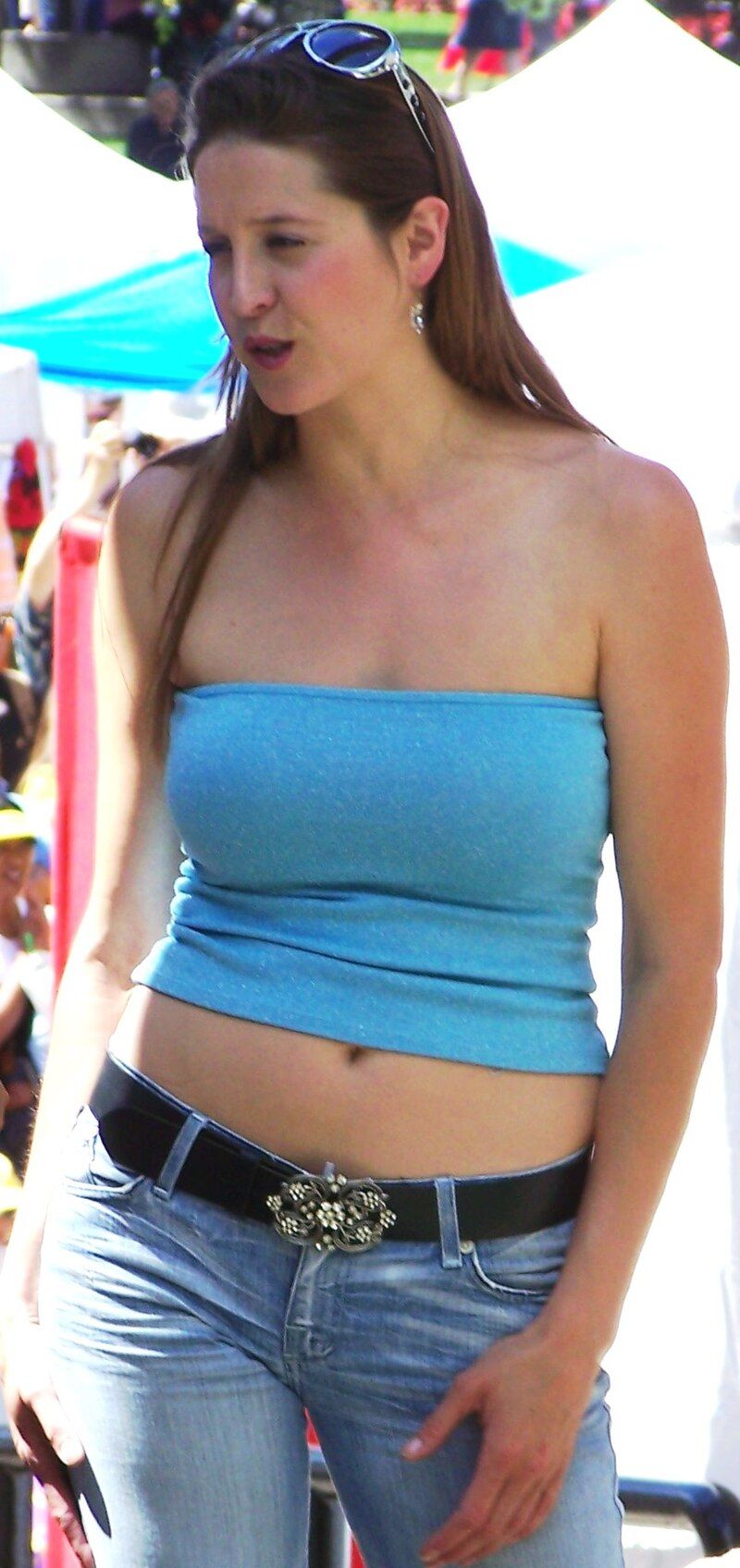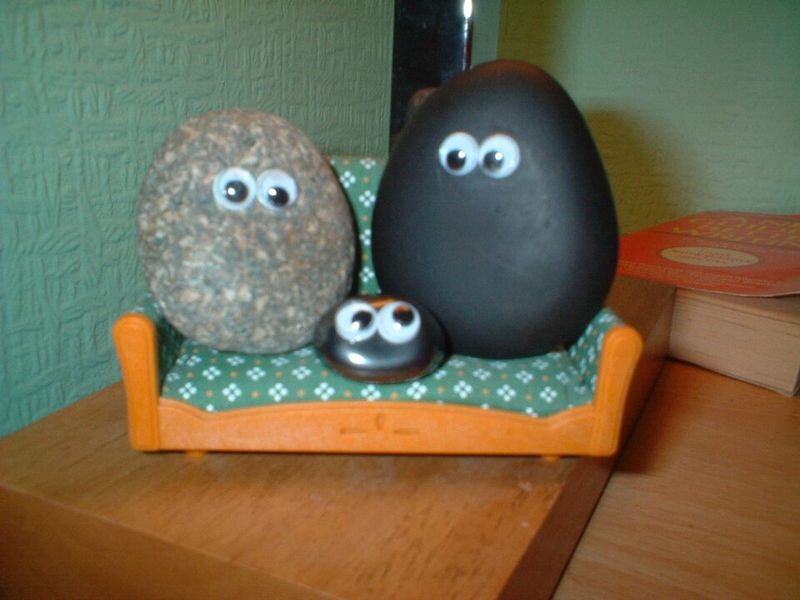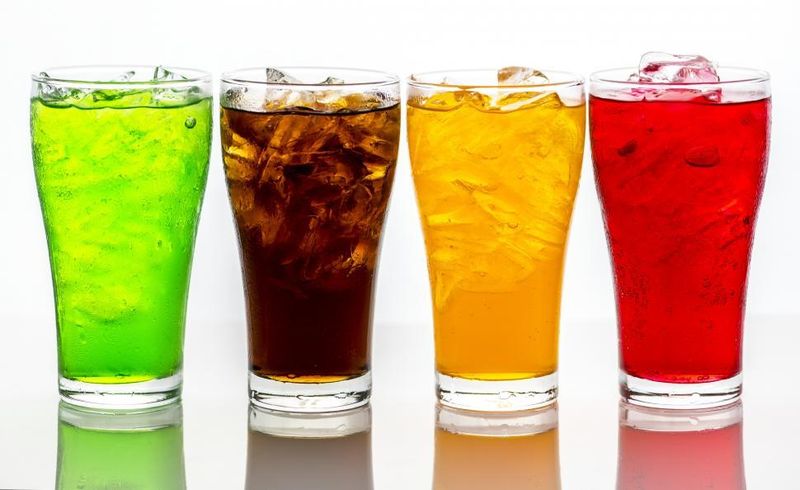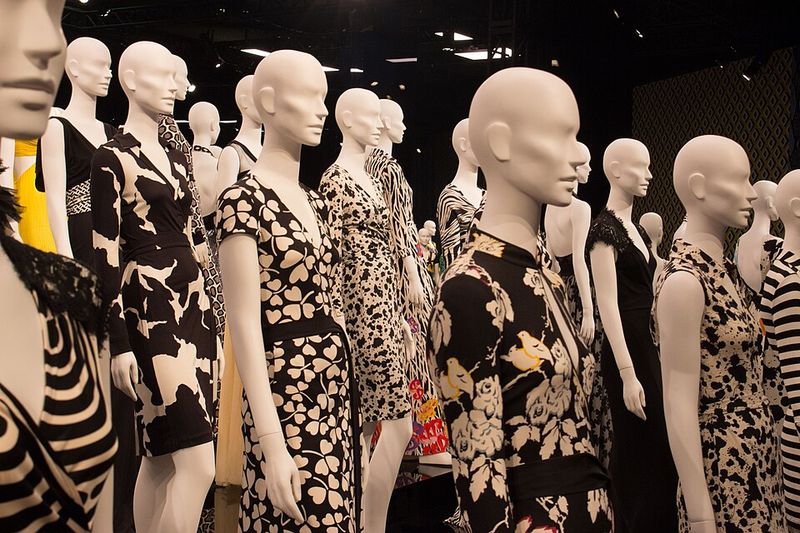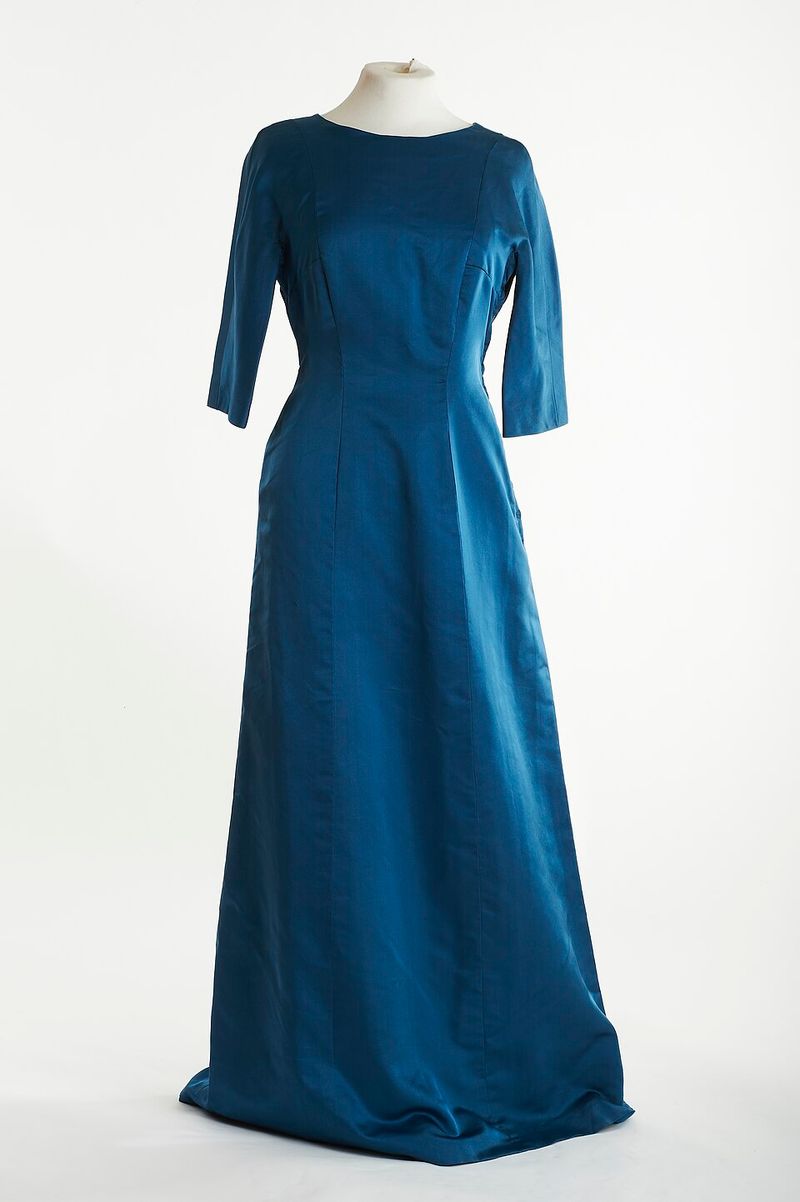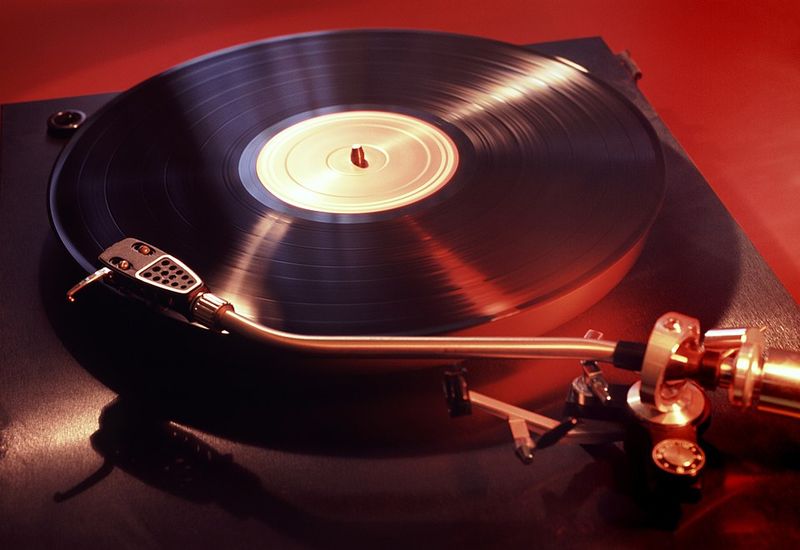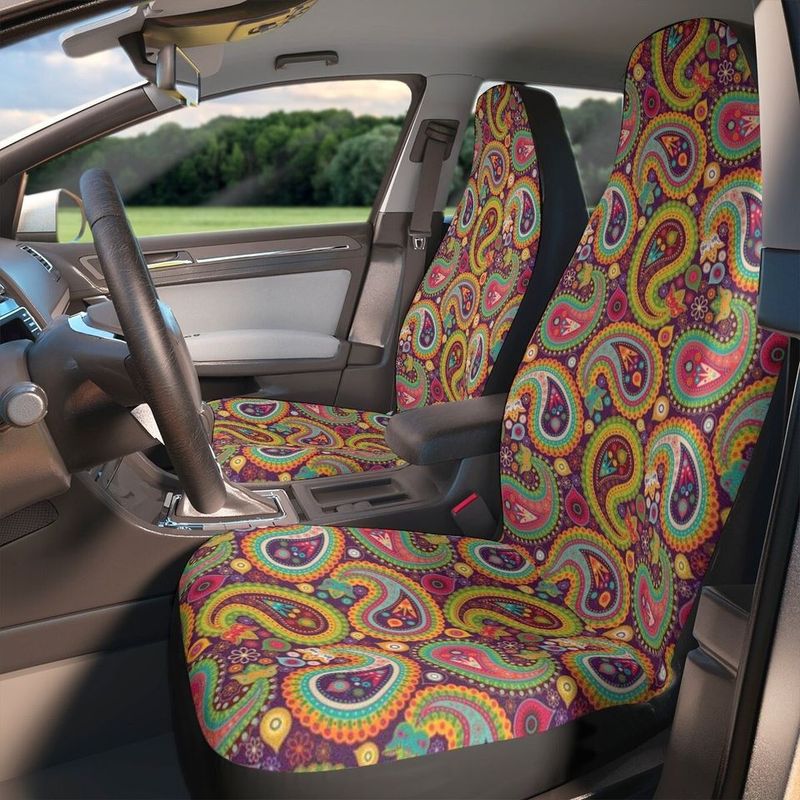The 1970s was a decade bursting with bold colors, funky patterns, and trends that pushed boundaries in fashion, home decor, and lifestyle. From disco dance floors to suburban living rooms, people embraced everything shiny, shaggy, and wildly creative. While many of these trends seemed destined to last forever, they eventually disappeared as tastes changed and new innovations arrived. Looking back at these once-popular fads reminds us how much culture and style can shift over time.
1. Shag Carpets
Walking barefoot across a shag carpet felt like stepping onto a fuzzy cloud. Thick fibers in bold colors like orange, green, or brown made every room feel cozy and groovy. Families loved how these carpets added instant personality to their homes.
Cleaning them, however, was a nightmare. Crumbs, dirt, and pet hair disappeared deep into the pile, requiring special rakes and vacuums. As tastes shifted toward cleaner, minimalist designs in the 1980s, homeowners ripped out their shag carpets faster than you could say “disco.”
Today, most people prefer hardwood floors or low-pile rugs that are easier to maintain and look more modern.
2. Iron-On T-Shirts
Before screen printing became affordable, iron-on transfers let people create custom t-shirts at home. You could buy sheets with cartoon characters, funny sayings, or psychedelic designs at craft stores. Then you just ironed them onto a plain shirt and voila, instant fashion statement.
Kids loved making their own unique shirts for school or summer camp. The transfers worked great at first, but they cracked and peeled after a few washes.
As professional printing became cheaper and more durable, the DIY iron-on trend faded. Now, people order custom shirts online instead of sweating over a hot iron in their kitchen.
3. Waterbeds
Sleeping on a waterbed felt like floating on gentle ocean waves. These beds became symbols of luxury and modern living during the 1970s. People loved showing off their waterbeds to guests, who were always curious to try them out.
Unfortunately, waterbeds had serious drawbacks. They were incredibly heavy and could leak, causing major damage to floors and apartments. Heating the water also drove up electricity bills significantly.
Moving a waterbed required draining hundreds of gallons, making relocating a huge hassle. By the 1990s, most people had switched back to traditional mattresses that were lighter, safer, and more practical for everyday life.
4. Tab Soda
Tab was the diet soda that started it all. Coca-Cola introduced it in 1963, but it exploded in popularity throughout the 1970s. The distinctive pink can became a fashion accessory for weight-conscious consumers who loved its unique, slightly bitter taste.
People either loved Tab or hated it, with no in-between. The artificial sweetener saccharin gave it a flavor that was nothing like regular Coke.
When Diet Coke launched in 1982, it quickly overshadowed Tab with a taste closer to the original. Tab limped along for decades before Coca-Cola finally discontinued it in 2020, ending an era.
5. Mood Rings
Mood rings claimed to reveal your emotions through color changes. Blue meant calm, green meant normal, and black supposedly indicated stress or anger. Teenagers especially loved these mysterious accessories that seemed almost magical.
The secret was simple thermochromic liquid crystals that responded to body temperature, not actual emotions. Still, people had fun watching the colors shift and guessing what they meant.
The rings became wildly popular in 1975 but faded quickly as the novelty wore off. Cheap versions broke easily, and the color-changing effect stopped working after a few months of wear, disappointing countless kids.
6. Macrame
Knotted rope art took over homes everywhere during the 1970s. Macrame plant hangers dangled from ceilings, while wall hangings added texture to bare walls. Craft stores sold thick cord in natural colors, and pattern books flew off the shelves.
Making macrame was relaxing and creative, perfect for the handmade movement of the era. People gave macrame pieces as housewarming gifts or sold them at craft fairs.
As home decor tastes became sleeker in the 1980s, all that knotted rope started looking dated and dusty. Most macrame ended up at garage sales or in attics, forgotten until recent nostalgic revivals.
7. Tube Tops
Strapless and stretchy, tube tops became summer essentials for fashion-forward women. Made from elastic fabric, they stayed up through sheer tension and hope. Disco queens paired them with high-waisted jeans or flowing skirts for nights out dancing.
The look was carefree and sexy, perfect for hot weather and beach parties. Unfortunately, tube tops required constant adjusting to avoid wardrobe malfunctions.
Many women found them uncomfortable and impractical for daily activities. As shoulder pads and structured clothing dominated 1980s fashion, the tube top lost its appeal. Today, they occasionally reappear as retro throwbacks but never regained their original popularity.
8. Tube Socks
Knee-high socks with colorful stripes at the top were everywhere in the 1970s. Athletes wore them on basketball courts and baseball fields, while kids paired them with shorts for everyday wear. The stretchy design fit almost anyone, making them practical and affordable.
Tube socks came in endless color combinations to match team uniforms or personal style. They were comfortable and stayed up better than regular socks.
Fashion eventually moved toward shorter ankle socks that looked cleaner and more modern. Today, tube socks mainly appear in retro-themed outfits or as ironic fashion statements rather than serious athletic gear.
9. Pet Rocks
Someone actually convinced millions of people to buy ordinary rocks as pets. Gary Dahl created Pet Rocks in 1975 as a joke, packaging smooth stones in cardboard carriers with air holes and funny instruction manuals. The absurd concept became a massive cultural phenomenon.
Each Pet Rock came with a booklet teaching owners how to train their new companion to sit, stay, and play dead (which rocks do naturally). People loved the humor and simplicity of a pet that needed zero care.
The fad lasted only six months before everyone realized they had paid money for rocks. It remains the perfect example of brilliant marketing over actual product value.
10. Lava Lamps
Watching colorful wax blobs slowly rise and fall was mesmerizing entertainment before smartphones existed. Lava lamps created ambient lighting perfect for basement rec rooms and teenage bedrooms. The psychedelic movement adopted them as symbols of groovy, laid-back culture.
Heat from the light bulb warmed the wax, making it float upward before cooling and sinking again. Each lamp created unique, ever-changing patterns that could hold your attention for hours.
They took forever to warm up and used lots of electricity. As energy efficiency became important and lighting options improved, lava lamps became novelties rather than serious decor choices for most homes.
11. Fondue Pots
Fondue parties turned dinner into interactive entertainment. Hosts served melted cheese or chocolate in special pots over small flames while guests speared bread cubes or fruit on long forks. The Swiss tradition became an American obsession during the 1970s dinner party scene.
Fondue sets made popular wedding gifts and housewarming presents. People loved the social aspect of gathering around one pot and sharing food together.
Cleaning hardened cheese from fondue pots was tedious work. As microwave ovens and faster meal options gained popularity, the time-consuming fondue ritual lost appeal. Most fondue sets ended up in storage, only emerging occasionally for nostalgic theme parties.
12. Colorfully Patterned Drinking Glasses
Fast food restaurants and jelly companies turned ordinary glasses into collectibles. McDonald’s gave away glasses featuring Grimace and the Hamburglar, while Welch’s jelly came in jars that doubled as drinking glasses with cartoon designs. Families accumulated mismatched sets that filled kitchen cabinets.
Kids loved drinking from glasses featuring their favorite characters. Parents appreciated getting free glassware with purchases they were making anyway.
The painted designs eventually faded or chipped after repeated washing. Concerns about lead paint in some vintage glasses also emerged years later. Modern consumers prefer matching glassware sets or plain designs over random promotional collections.
13. Disco Jumpsuits
One-piece outfits in shiny, stretchy fabrics dominated dance floors across America. Disco jumpsuits featured plunging necklines, wide legs, and enough sparkle to catch every light in the club. Both men and women wore them for maximum glamour and freedom of movement while dancing.
The jumpsuits looked incredible under disco ball lights and felt comfortable for hours of dancing. They made getting dressed simple since the entire outfit was one piece.
Bathroom breaks became complicated adventures requiring nearly complete undressing. When disco music faded in the early 1980s, so did the jumpsuits, replaced by more practical separates and less flashy styles.
14. Platform Shoes
Shoes with soles several inches thick added instant height and drama to any outfit. Both men and women wore platforms in styles ranging from casual clogs to fancy dress shoes. Some platforms reached such extreme heights that walking became a balancing act.
Shorter people especially loved the instant height boost platforms provided. The shoes made bold fashion statements that perfectly matched 1970s excess and experimentation.
Twisted ankles and falls were common hazards of wearing such unstable footwear. As fashion moved toward more natural silhouettes and athletic influences in the 1980s, platforms mostly disappeared. They occasionally return in modified forms but never quite match their original towering glory.
15. Bell Bottoms
Pants that hugged the hips and thighs before flaring dramatically at the knee defined 1970s silhouettes. Bell bottoms came in every fabric imaginable, from denim to polyester to velvet. The exaggerated flare balanced out platform shoes and created flowing movement when walking.
Counterculture movements adopted bell bottoms as symbols of rebellion against conservative straight-leg styles. Soon everyone from hippies to businesspeople wore some version of the flared leg.
The extreme width collected dirt from sidewalks and got caught in escalators and bicycle chains. Skinny jeans eventually became the new rebellion, making wide legs look hopelessly outdated. Today’s occasional flare revivals are much more subtle.
16. Wrap Dresses
Diane von Furstenberg revolutionized women’s fashion with her wrap dress design. The simple concept featured fabric that wrapped around the body and tied at the waist, flattering virtually every figure. Working women especially loved how the dresses looked professional yet comfortable.
One dress could be dressed up with heels or down with sandals for different occasions. The knit fabric traveled well without wrinkling, making wrap dresses perfect for busy lifestyles.
Unlike many 1970s trends, wrap dresses never completely disappeared. They remain wardrobe staples today, though the original 1970s versions featured bolder prints and colors than modern interpretations typically showcase.
17. Satin and Velvet Evening Wear
Luxurious fabrics with serious shine dominated fancy occasions. Women wore flowing satin gowns or rich velvet dresses to parties, premieres, and special events. The fabrics caught light beautifully, creating glamorous effects under chandeliers and disco balls alike.
These materials felt expensive and special against the skin. Deep jewel tones in velvet or shimmering pastels in satin created stunning visual impact.
Both fabrics showed every wrinkle and required professional cleaning. Satin snagged easily, while velvet crushed if you sat too long. As casual dress codes relaxed and synthetic fabrics improved, these high-maintenance evening wear choices became reserved for only the fanciest occasions.
18. Hot Pants
Shorts so short they barely qualified as clothing became a daring fashion statement. Hot pants came in bright colors, metallic fabrics, and even sequins. Women paired them with tall boots or platform shoes for looks that ranged from casual to club-ready.
The style celebrated body confidence and sexual liberation movements of the early 1970s. Fashion magazines featured hot pants on covers, and celebrities wore them everywhere.
The extreme brevity made them impractical for most daily activities. Sitting down required careful positioning, and many workplaces banned them outright. As hemlines dropped and looser shorts became popular, hot pants faded except in vintage costume parties and nostalgic throwback moments.
19. Vinyl Record Players
Turntables were essential furniture in every music lover’s home. People carefully placed vinyl records on spinning platters and lowered tonearms to hear their favorite albums. The ritual of playing records felt special and intentional compared to modern streaming.
Sound quality from vinyl was warm and rich, creating listening experiences many audiophiles still prefer today. Album artwork at 12-inch size became an important part of music appreciation.
Records scratched easily and required careful storage and handling. When cassette tapes and especially compact discs arrived, the convenience factor made vinyl seem outdated. Turntables largely disappeared until recent nostalgic revivals brought them back as hipster essentials and collector items.
20. Polaroid Instant Cameras
Instant photography felt like magic when film developed right before your eyes. Polaroid cameras let people capture moments at parties, family gatherings, and vacations, then watch the image appear within minutes. No waiting for film processing or making trips to photo labs.
The cameras became party essentials and travel companions. Shaking the developing photo became a universal gesture, even though it did not actually help the process.
Film was expensive, and photo quality was mediocre compared to traditional photography. Digital cameras eventually offered instant preview without ongoing film costs. Polaroid stopped making instant film in 2008, though the brand has since revived with new instant cameras for nostalgic consumers.
21. Paisley and Tie-Dye Patterns
Swirling, colorful patterns covered everything from clothing to curtains to car interiors. Paisley’s teardrop shapes in vibrant colors appealed to hippie and bohemian sensibilities. Tie-dye created unique, hand-crafted looks that no two people wore exactly the same way.
Making tie-dye shirts became popular craft activities at summer camps and art classes. The patterns represented freedom, creativity, and rejection of boring conventional styles.
The bold prints eventually felt overwhelming and dated as minimalist aesthetics gained popularity. Solid colors and simpler patterns replaced the visual chaos of paisley and tie-dye in mainstream fashion. These patterns still appear occasionally in retro collections but rarely dominate wardrobes like they once did.
